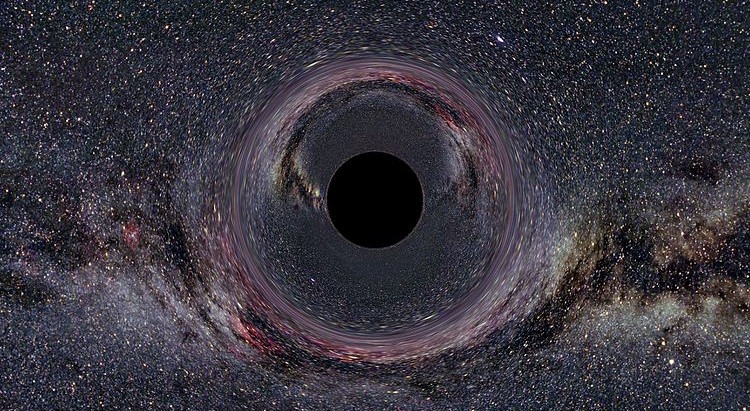
Amazingly, the notion of a black hole was first posited in 1783, by the English natural philosopher John Michell. In a paper read before the Royal Society that November, he wrote:
Let us now suppose the particles of light to be attracted in the same manner as all other bodies with which we are acquainted; that is, by forces bearing the same proportion to their vis inertiae (or mass), of which there can be no reasonable doubt, gravitation being, as far as we know, or having any reason to believe, an universal law of nature. … [I]f the semi-diameter of a sphere of the same density as the Sun were to exceed that of the Sun in the proportion of 500 to 1, a body falling from an infinite height towards it, would have acquired at its surface greater velocity than that of light, and consequently supposing light to be attracted by the same force in proportion to its vis inertiae, with other bodies, all light emitted from such a body would be made to return towards it by its own proper gravity.
“From these quotations it is clear that Michell in 1783 understood many of the basic principles of black hole physics which are in daily use almost 200 years later,” writes Cambridge physicist Gary Gibbons. Indeed, Michell’s talent doomed him to obscurity: His breakthroughs were lost on his contemporaries and forgotten by the time the world could appreciate them. His notion of a “dark star” was rediscovered only in the 1970s. The American Physical Society says, “[H]e remains virtually unknown today, in part because he did little to develop and promote his own path-breaking ideas.”
(Gary Gibbons, “The Man Who Invented Black Holes,” New Scientist, June 28, 1979.) (Thanks, Alejandro.)
